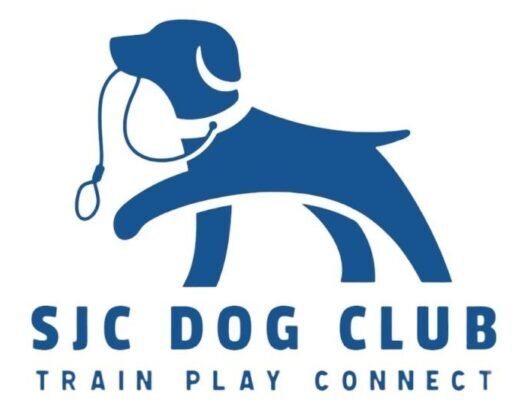The way for you to have your dog’s attention and be relevant to him is to regularly do activities that you both find enjoyable and can do together. These activities are intrinsically rewarding and do not require a ton of formal training. They can be a gateway to training, however – you can use play and other activities your dog enjoys with you as “pay” to get some “work” done (e.g. obedience). The “work” can become so much a part of the game that the work itself is intrinsically rewarding. This an ideal level of relationship enjoyed by some of of the top dog people at the pinnacle of their sports.
The other side of this coin is activities your dog finds rewarding that don’t involve you. Playing with dog friends, exploring on his own, solving a puzzle bowl or cleaning out a kong. These activities are enjoyable, but don’t build your relationship. In our Foundations section, these fall in the “Free Dog” window.
How is play used in Reacting Reasonably practice?
- Play is a reliable diagnosis of your dog’s state of mind. A dog under some degree of stress may still take a treat, but it is unlikely the dog will engage in play.
- If your dog knows that a favorite game can happen any time, he will get in the habit of paying more attention to you.
- The game can become more important than other considerations. Your dog can learn, then get in the habit of ignoring distractions like other dogs or other triggers.
- The game is intrinsically rewarding, and builds a better relationship than transactional food.
Play As the Way
There are three basic types of play: Toy play, Food play and Physical play.
- Toy play – the two most common examples are tug and fetch. Another good one is flirt pole.
- Food play – in this type of play, pursuing the food becomes the focus, not the food itself. Games that animate the food or involve hunting provide much more of a spark than just handing food over in a transactional way. Examples include prey-hand, boomerang, and hide-and-seek
- Physical play – this is fairly unique to each individual team, and can involve chasing/tag, bumping/pats, the dog doing “touch” with his nose, pretend toe pinches, etc. With physical play especially, it is important that both human and dog understand each other’s body language, the rules of the game, and how to play it safely.
Most types of play mimic parts of the Predatory Sequence.
Hunt/Sniff -> Eye/Stalk -> Chase -> Catch -> Struggle/Kill -> Celebrate -> Shred -> Consume
Different dog breeds were specifically bred to operate in specific parts of the predatory sequence. Herding dogs: Eye/Stalk and Chase. Retrievers: Chase, catch and Celebrate. Most dogs love chasing and catching. Bully breeds tend to love tug, which is all about the struggle. Many dogs love shredding a stuffed toy or cardboard box.
I use words like “tend to” and “many” because just because a dog is certain breed or mix doesn’t necessarily mean he’ll have strong drives of that breed or mix. Every dog is an individual. But it is definitely a good place to start, and most dogs like some form of sniffing or chasing/catching games and celebrating with their owner.
Cooperative and competitive games
The Play Window
When it is time to play, you have a word to let the dog know. My cue is “Ready”. At that point the dog knows the game is about to start.
There are two ways to play, that are clearly communicated to the dog. Either:
- The toy is on me (Have a cue, such as “yes”)
- The toy is away from me (Have a cue, such as “get it”)
When the toy is on you, generally the point is for the dog to get it, so it is a competitive game. Tug and Prey Hand (with food are two examples).
Toy Games
Food Games
Physical Games
Dog Tricks
Luring and Shaping
Scentwork
Agility and Other Drive Sports
Finding the right Drive Activity for Your Dog: The Predatory Sequence
Cost vs. Benefit
List of Drive Sports
